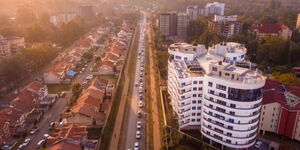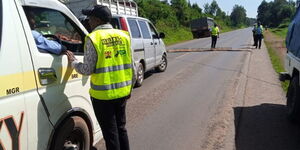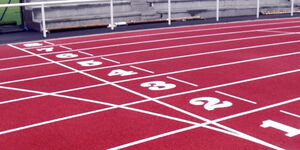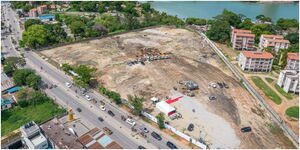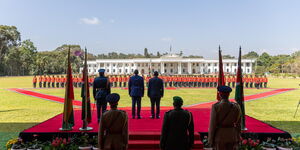In the dynamic world of aviation, a distinct feature that stands out is the complex Air Traffic Control (ATC) tower architecture.
In particular, an element that catches the eye is the tower's slanted windows, a design element carefully incorporated for various reasons which include enhancing safety, improving situational awareness, and ensuring efficient management of air traffic movement.
The airport control tower windows must be angled at precisely 15 degrees from vertical at the top to decrease reflections from both inside and outside the tower.
To put it into perspective, air traffic controllers must not have any distracting reflections while monitoring flights to ensure unobstructed panoramic views of the surrounding airspace.
By tilting the glass away, any errant light from inside the tower such as video screens is reflected up onto the ceiling which is painted black.
According to the Kenya Civil Aviation Authority (KCAA) guidelines, approach controllers have the distinct role of handling aircraft arriving and departing the airport by ensuring they follow the laid procedures.
"Approach controllers have the responsibility of maintaining the required separation between aircraft that are departing and arriving. They cannot see the aircraft in the air but they follow them on their radar displays.
"They take over the responsibility of the aircraft from Tower controllers after aircraft pass a certain altitude after departure and hand over arriving aircraft to the tower at a certain altitude when the tower controller is able to see the aircraft," read part of the guidelines by KCAA.
Air traffic control towers are also designed to withstand harsh weather conditions. The slanted windows play a role in aerodynamics, reducing wind resistance and minimising the chances of turbulence-induced vibrations.
The tilted window aids in diverting wind flow around the tower, reducing the pressure exerted on the windows and the overall structure. This assists in the tower's stability and ensures a comfortable working environment for the air traffic controllers.
The tower uses the Reflex-Rol solar shading system for maintenance and cleaning purposes. The system is ideally suited for buildings with overheating and glare issues such as air traffic control towers, office environments and large glazed areas.
Four factors come into play during the construction of the Air Traffic Control (ATC) tower; a high-performance solar filter that delivers the required thermal properties as well as a hardware system placing the filter into the designated place.
The third factor involves efficient and reliable controls to accommodate the passage of sunlight arrays and the maintenance required.

